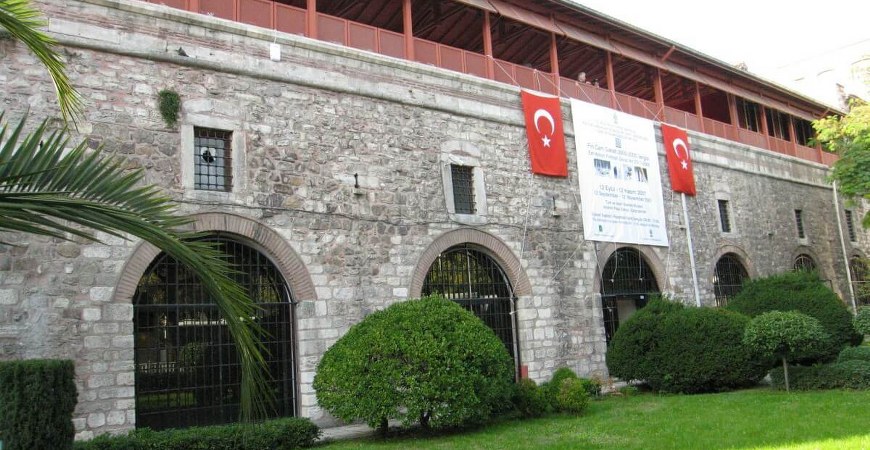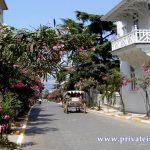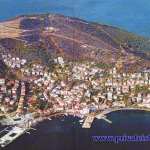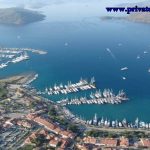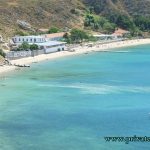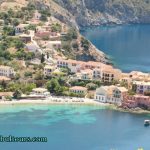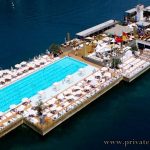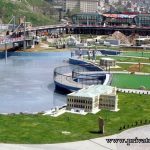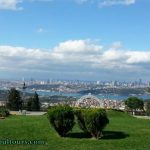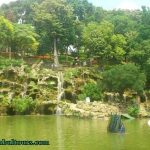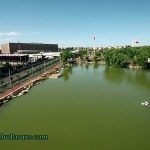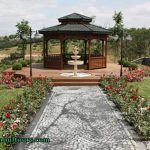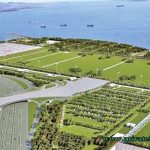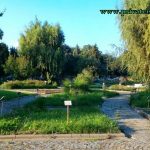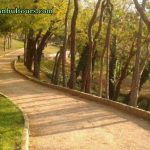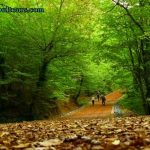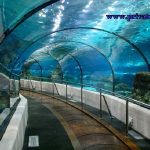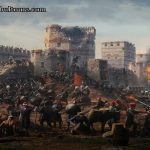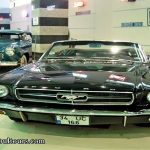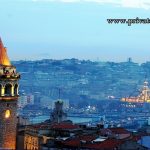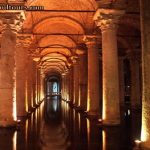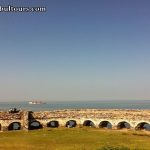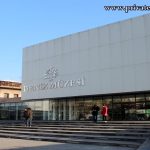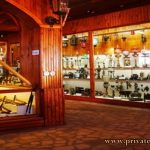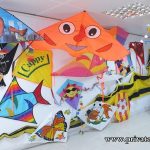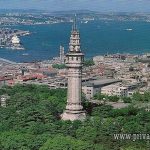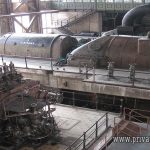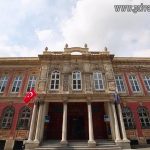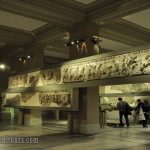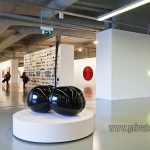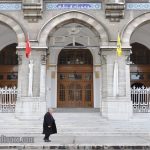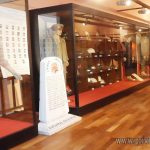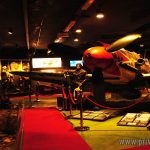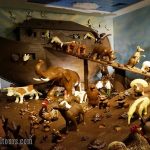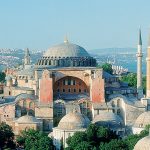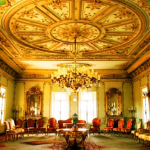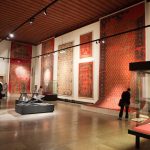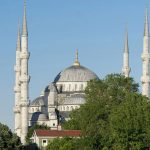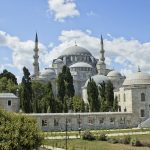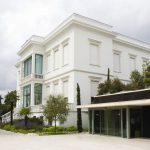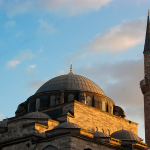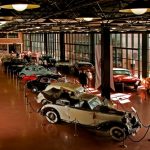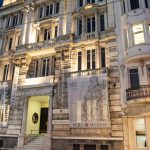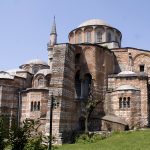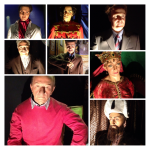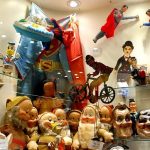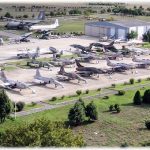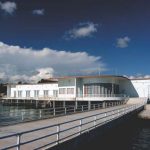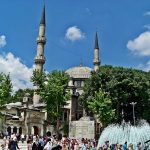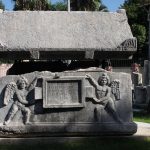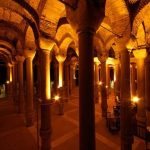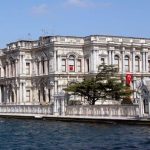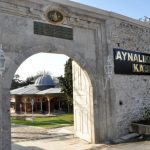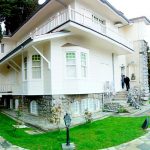Turkish and Islamic Art Museum,
This museum is in the district of Suleyrnaniye in Istanbul. It is situated in the soup kitchen building of the Suleyrnaniye Kulliye which was built by Sultan Suleyman the Law “diver in 1550 to 1557. The museum was affiliated to the Directorate of Trusts in 1914 under the name “Evkaf-i Islamiye Museum) and in 1927 put under the control of the Ministry of Education under its present name. The works of the museum are exhibited in the colonnades around the courtyard in the center of which is a pond with a fountain in the middle, and in five rooms. In the ceramic room are exhibited Samarra ceramics thought to be the first Turkish glazed ceramics, examples of typical Seljuk ceramics such as the XII century Rakka and glazed Kesan ceramics, Anatolian tiles from the XIII century, plaster works, unglazed ceramics, examples of ceramics and tiles from the first Ottoman period, and examples of the art of tiling and ceramics up till the end of the XVIII century. Two rooms of the museum contain Turkish carpets. This collection of 1000 carpets includes XIII century Seljuk carpets from Konya Alaaddin Mosque, Usa’k and Bergama carpets from the XVI to XVIII centuries, prayer carpets from Ladik, Cordes, Kula, and Konya, and a collection of carpets from the Caucasus and Iran. There are the finest examples of the Anatolian art of kilim weaving in the museum collection. The section of metal objects includes bronze, copper, silver, tombac and gold candlesticks, rose water bottles, censers trays, sewers and jewellery from the Seljuk, Mameluke and Ottoman periods. The earliest works in the manuscript room are the first Holy Korans written in Cufic writing on gazelle skin. It is possible to trace the development of writing and gilding in the works displayed. There are also XVI Iranian miniatures, gilding and books, Turkish miniatures from the XV to sneers of Turkish calligraphers from the XV to XIX centuries, amicm deeds and writing sets. esterases are displayed gravestones, inscriptions, capitals, stone reliefs of people and animals etc. from the SOO and Ottoman periods. Preserved in their original state are houses and steelyard of the imaret (soup kitchen).

